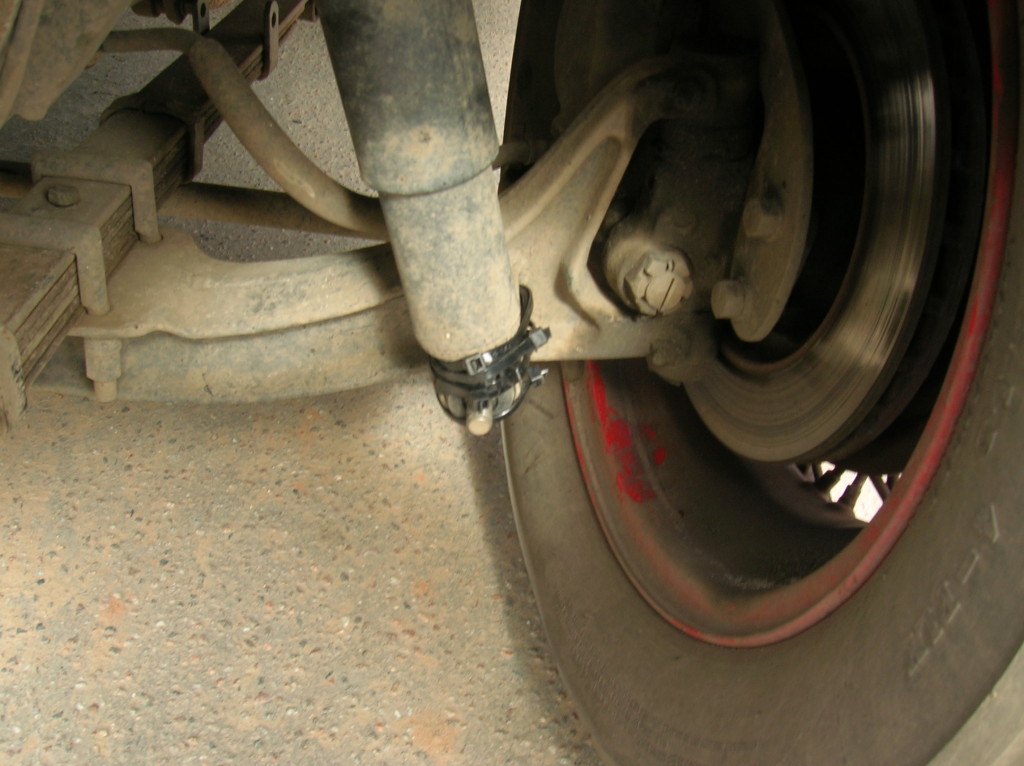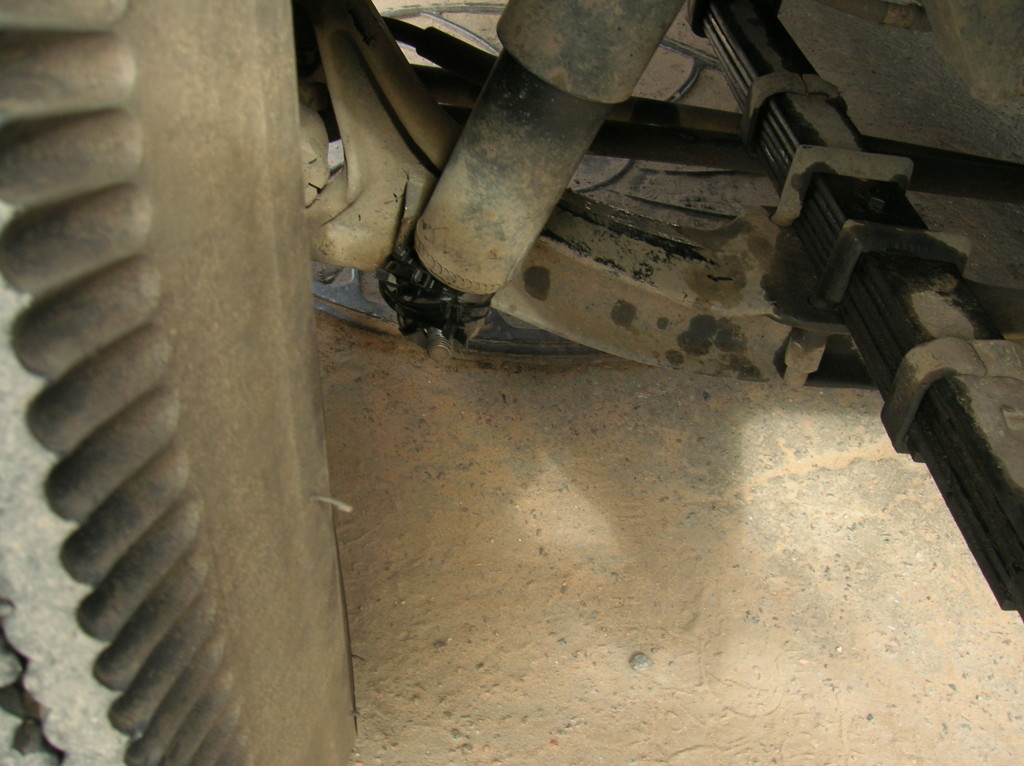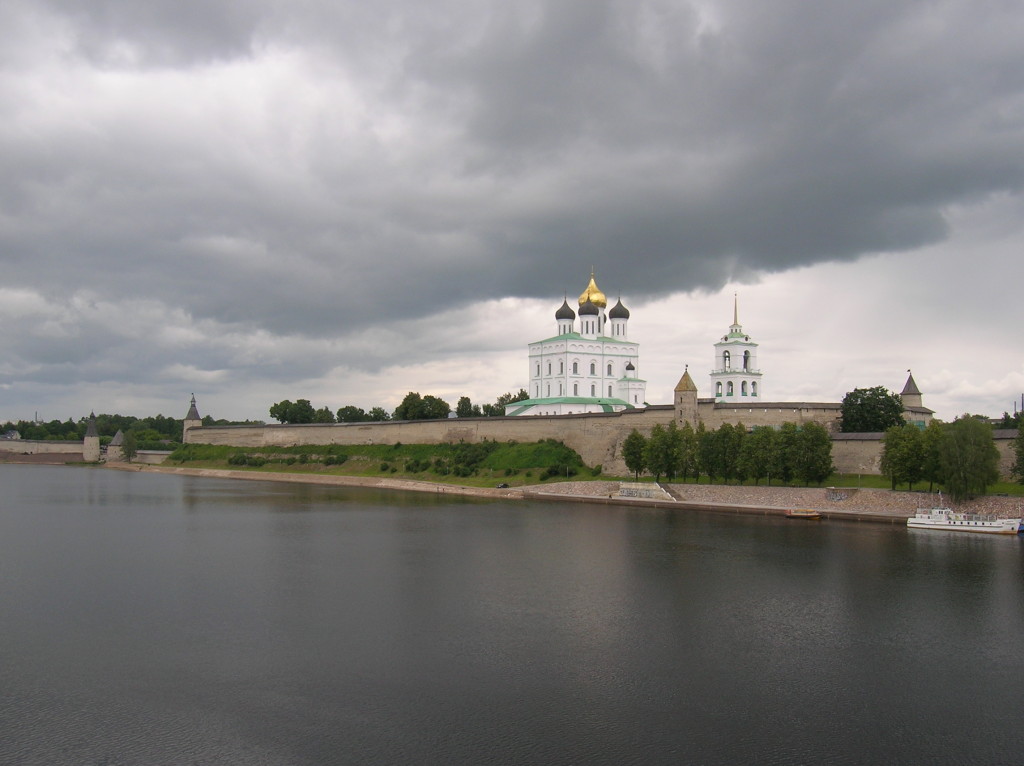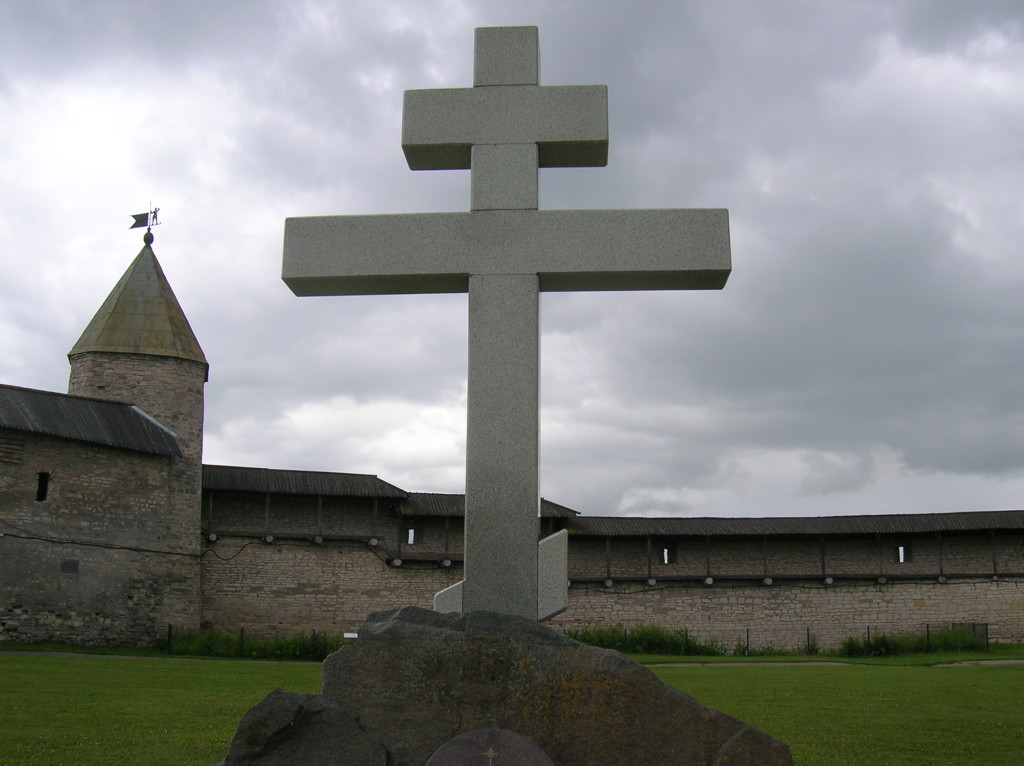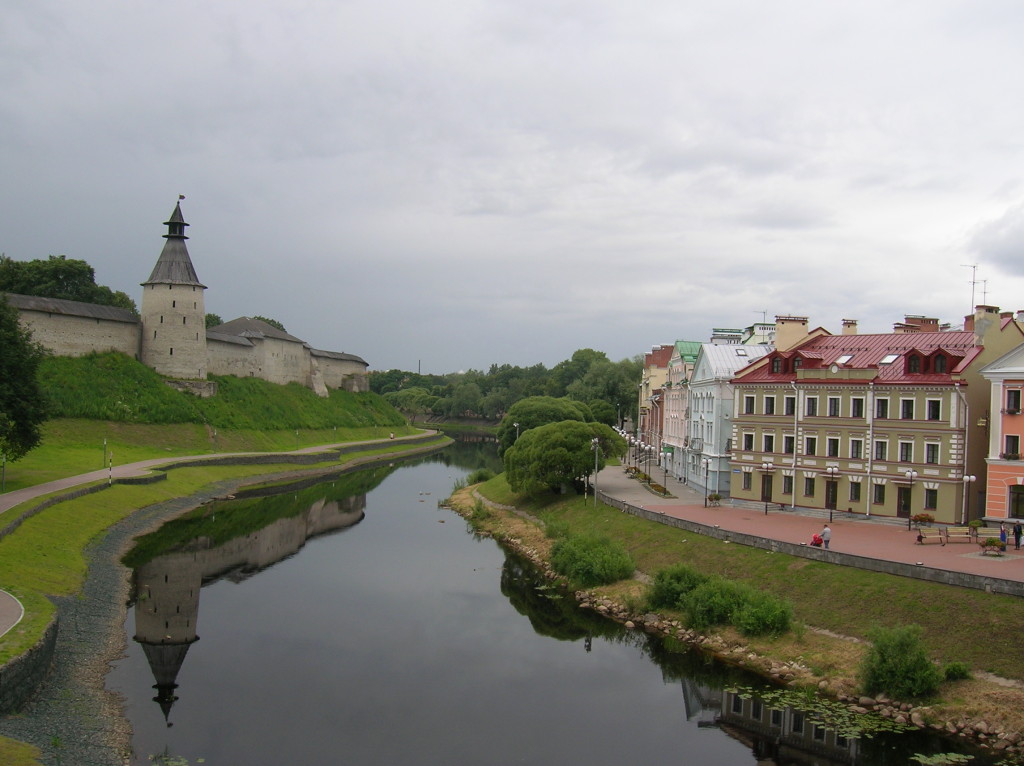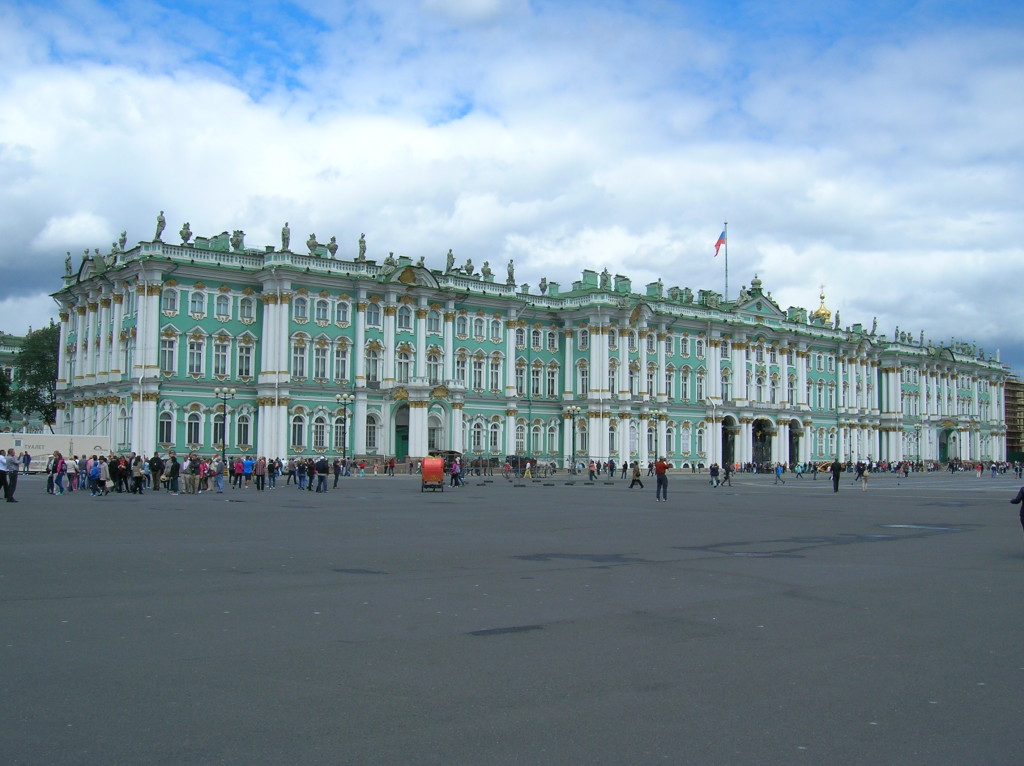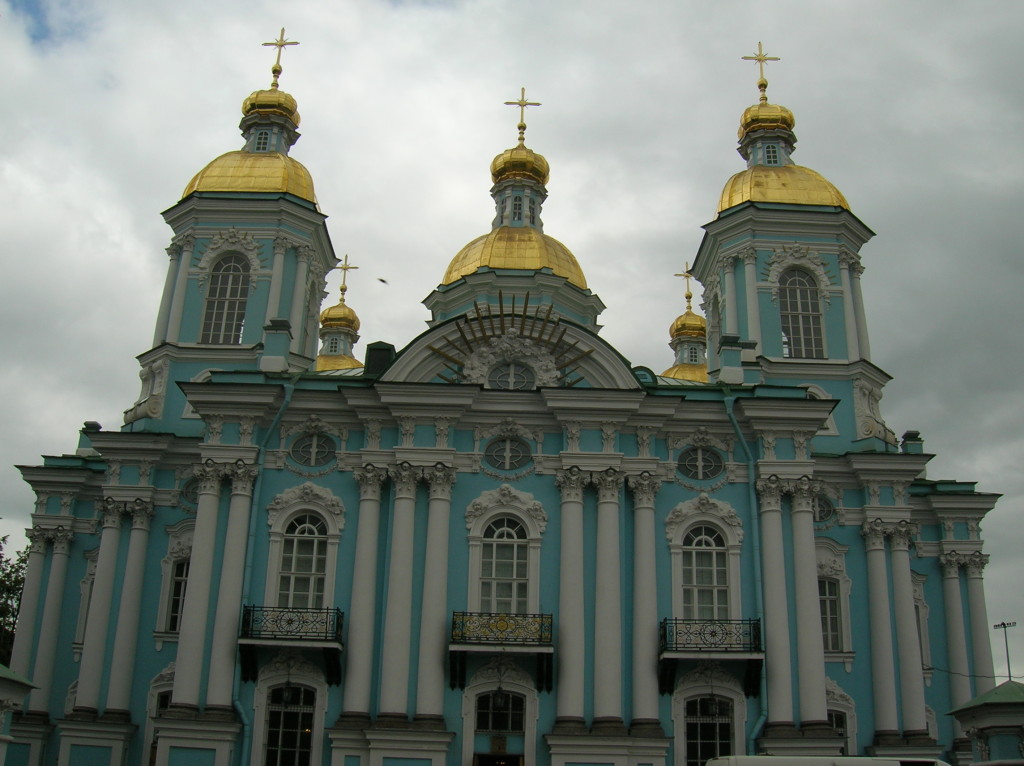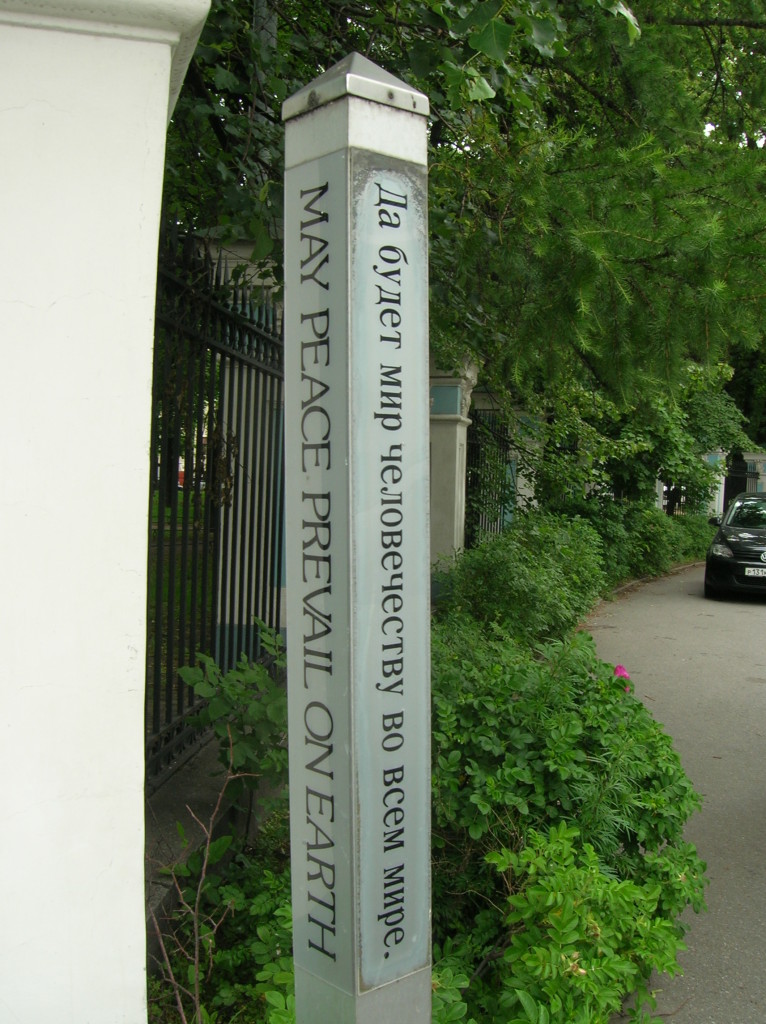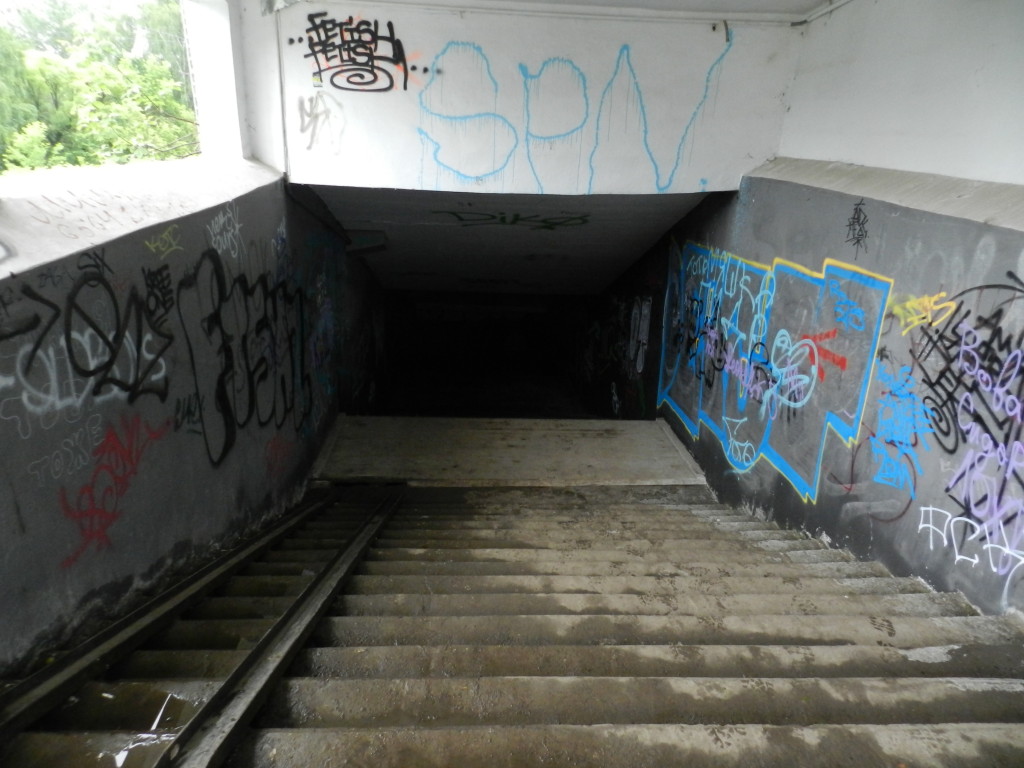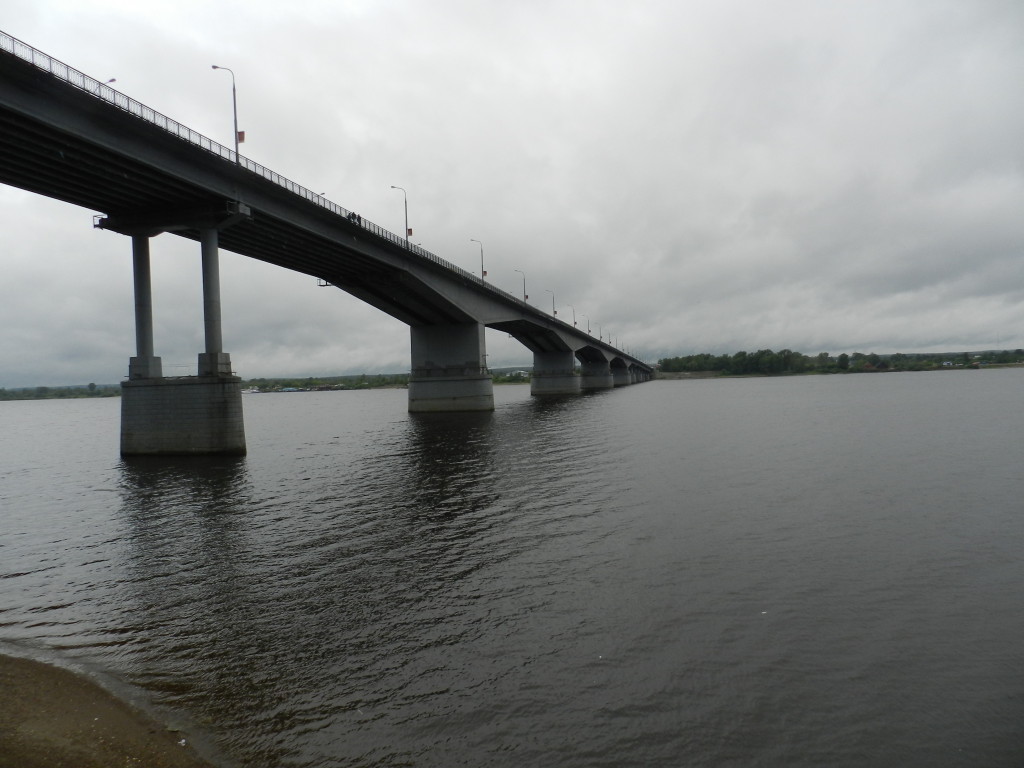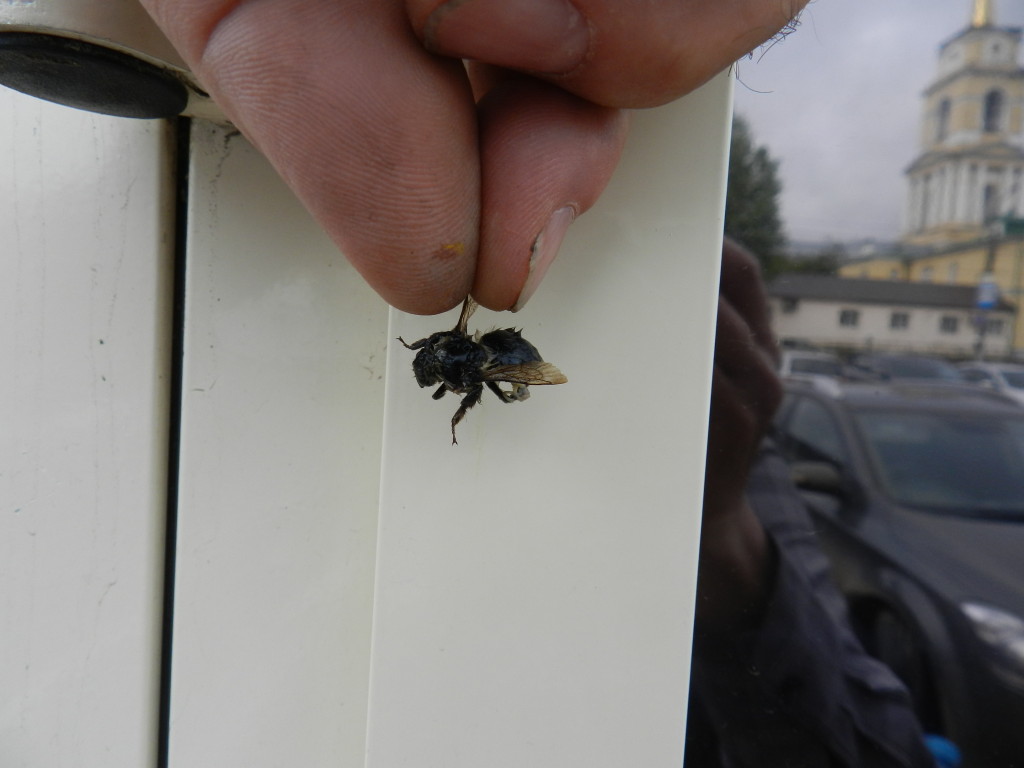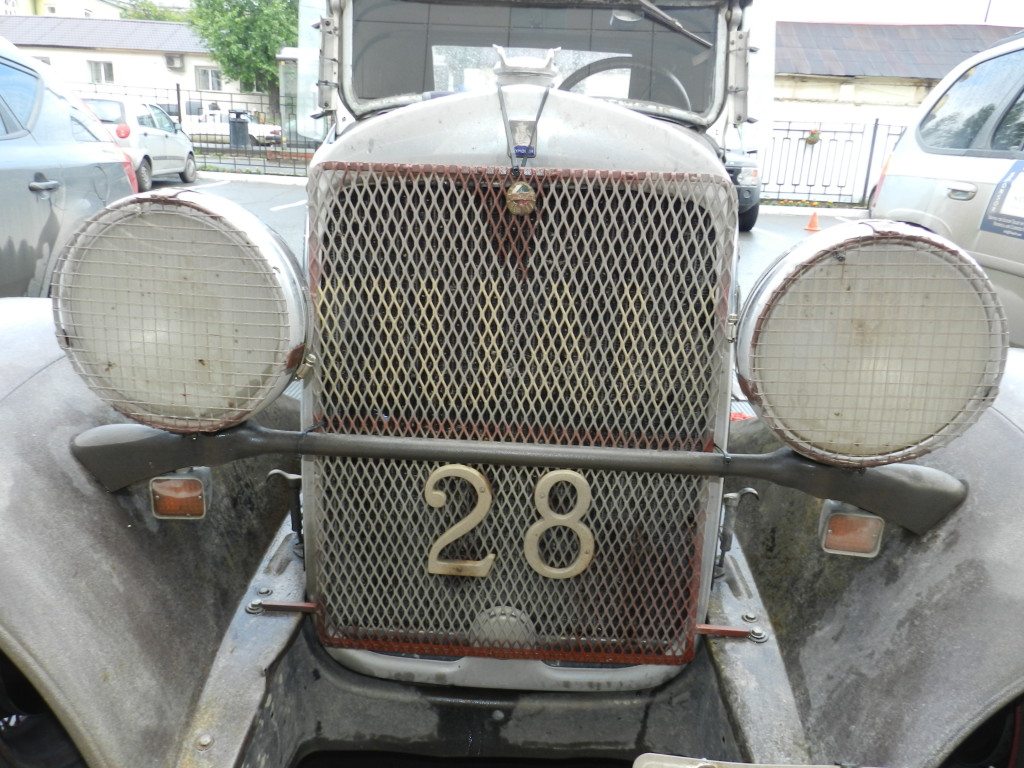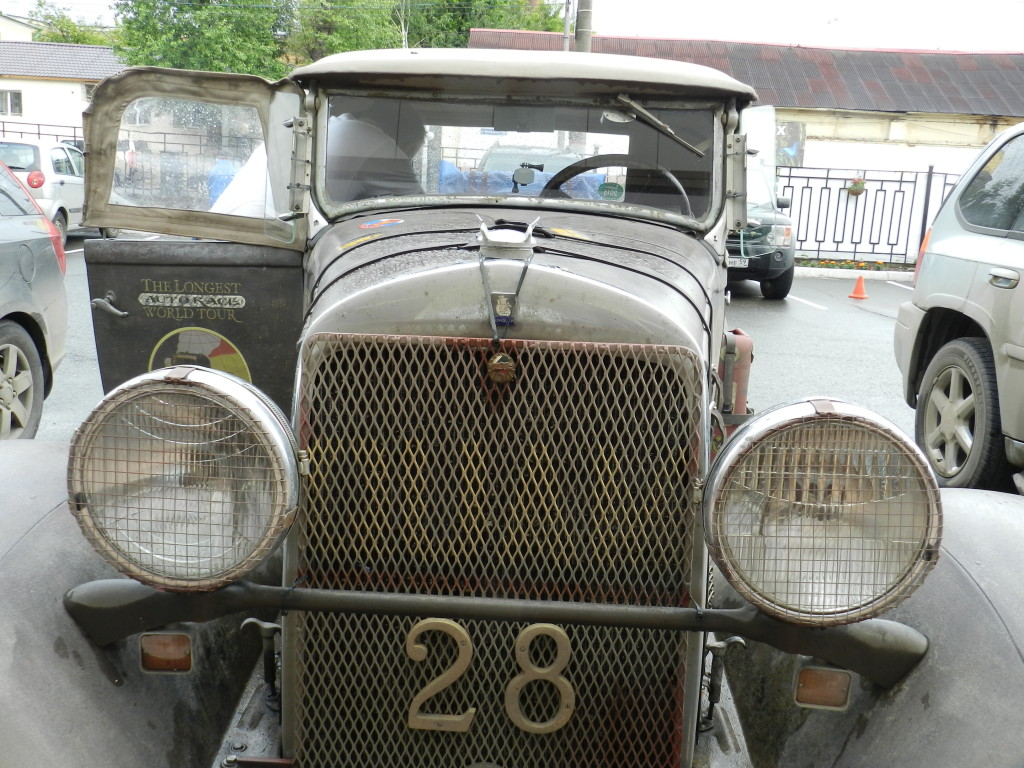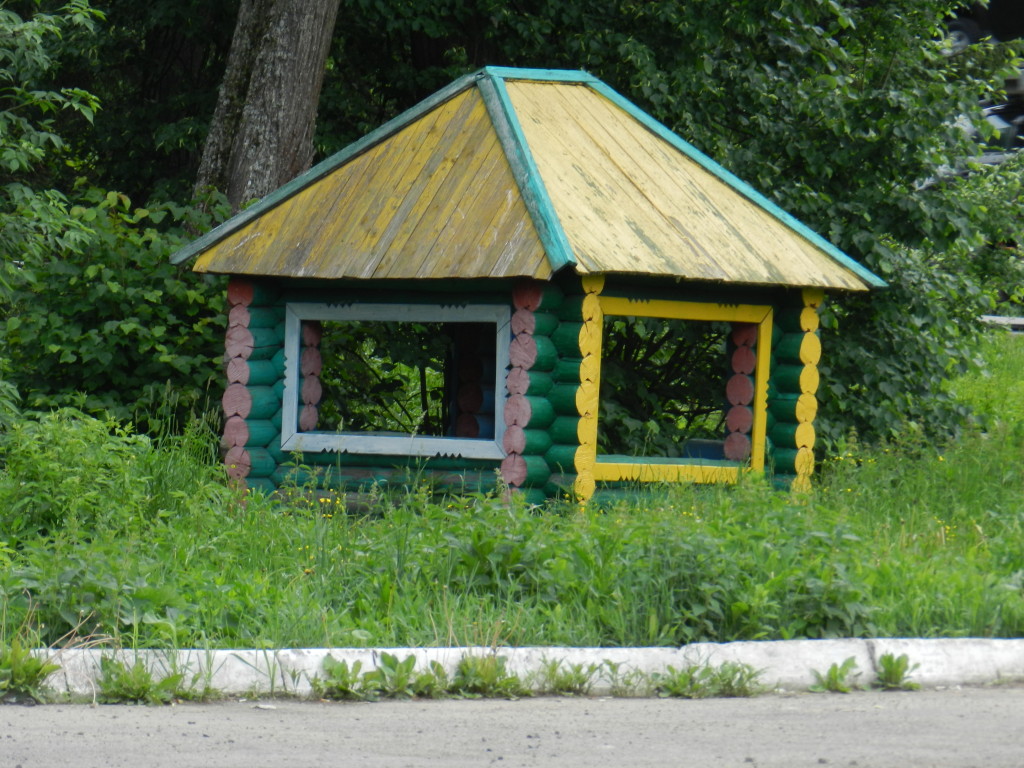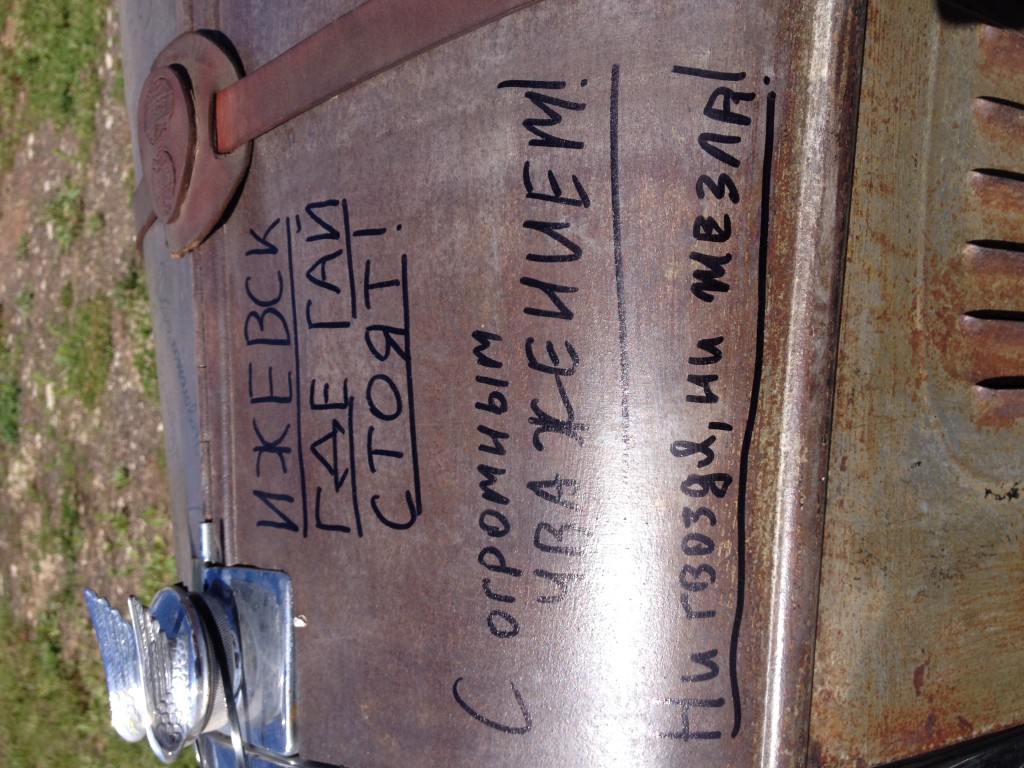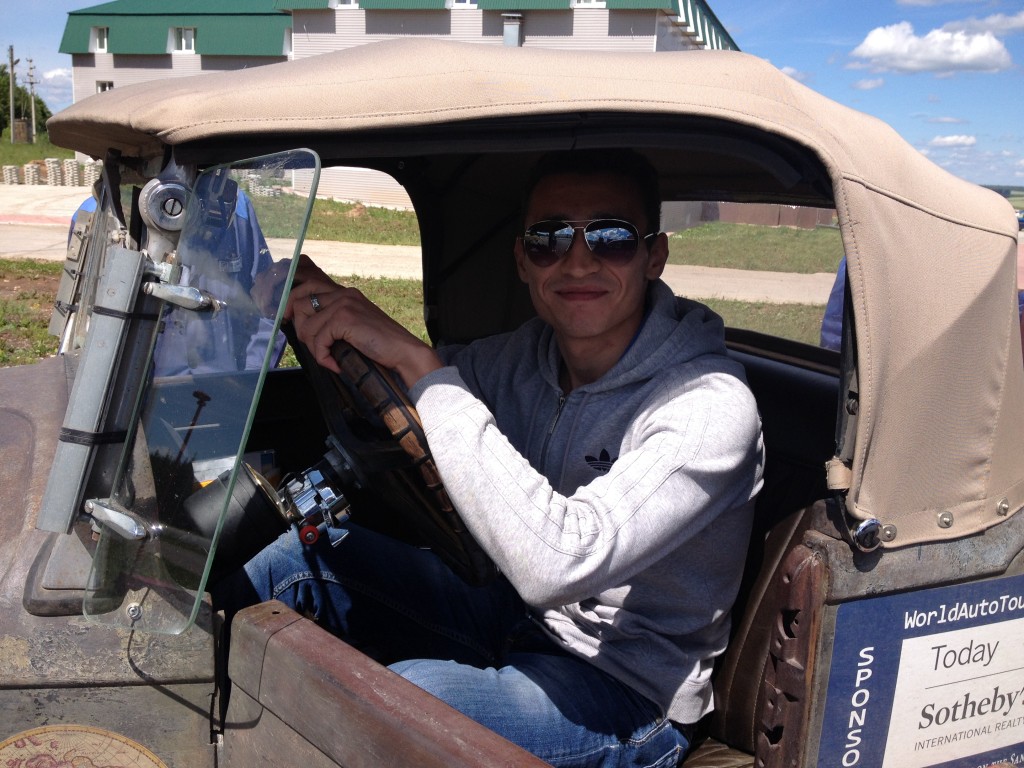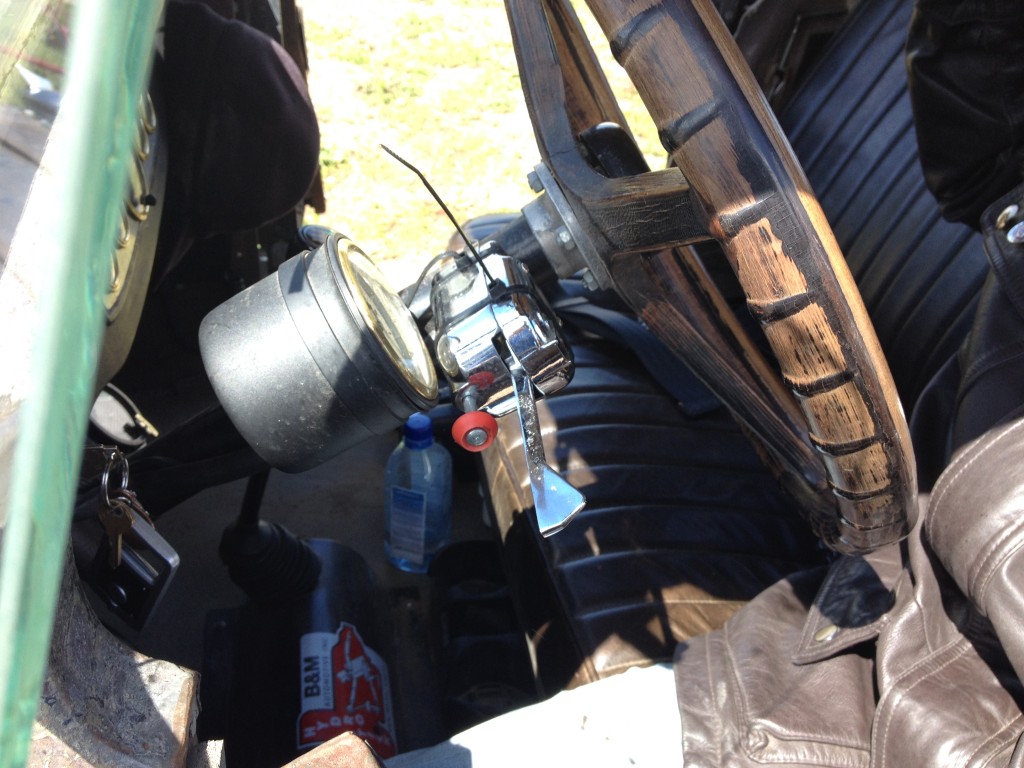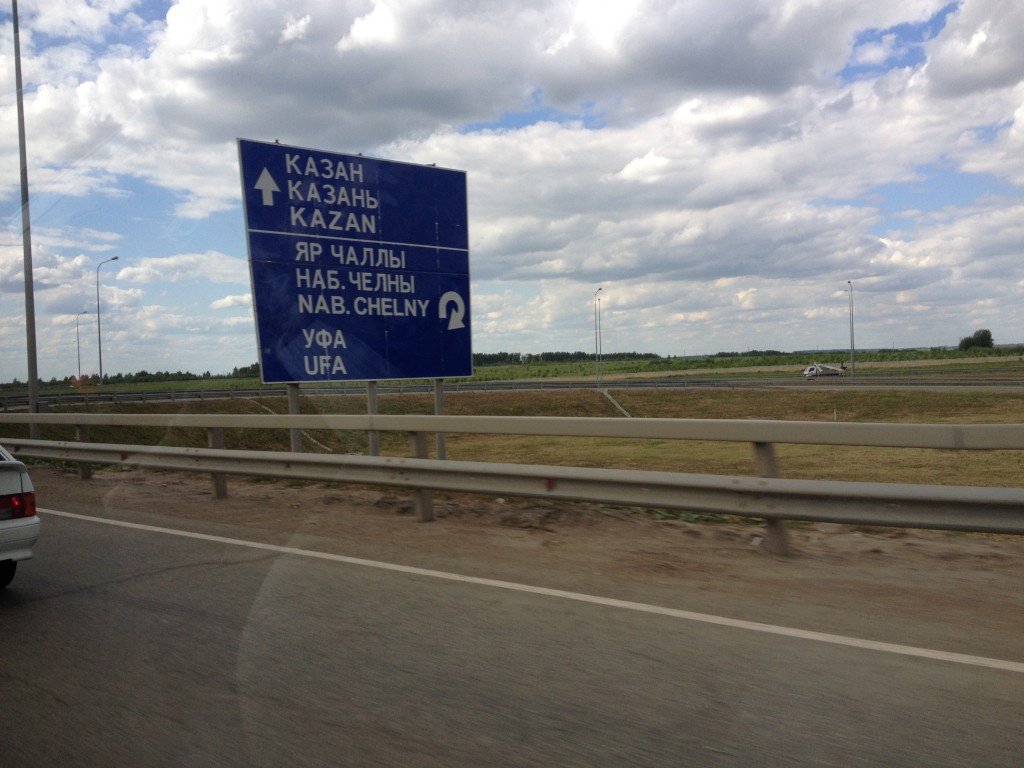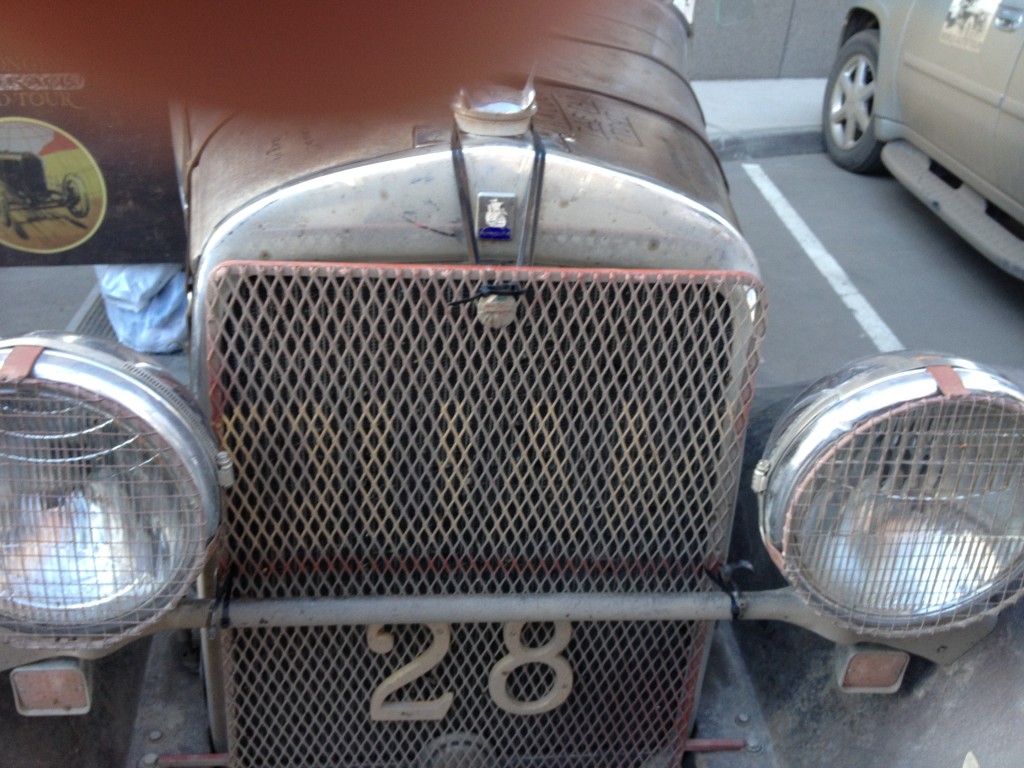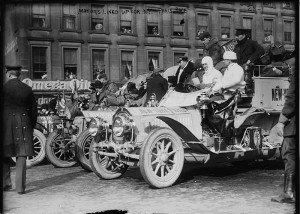Number of tie wraps: 49 (confirmed, holding steady)
Countdown: 6902 miles down, 1684 to go
This morning I confirmed that 20 tie wraps have indeed been added to the Roadster, 10 on the left front shock absorber and 10 on the right. Apparently the nuts for both front shock absorbers were needed to repair the ailing rear shock absorber.
We left St. Petersburg about 9 a.m. to drive to Pskov, which is about 100 km from the border with Latvia. For once, we had a totally boring, completely uneventful trip, and we arrived at our hotel about 1:30 this afternoon. The highlight of the trip was when we caught a glimpse at 50 mph of a very large dacha that once belonged to Vladimir Nobokov, author of Lolita. I also had a brief moment of excitement when I spotted a small orange airplane, mostly obscured by weeds, parked in a field. We went by so fast that I couldn’t tell what it was, but it might have been a Cessna 150. I have no idea how it got there, if it is still flyable, or even if there is a landing strip or airport nearby.
After a quick snack at our hotel, some of us walked to the kremlin in Pskov, shown below in a picture taken from a bridge crossing the Velikaya River.
The church shown in the photo is a working church that was fully restored in the last few years after being demolished by Germany during World War II. The cross in the photo below stands on the site of the original church inside the kremlin.
After we left the kremlin, we walked further into town and saw additional views of the kremlin, as well as a row of restaurants along the river, shown in the picture below. The weather was a bit rainy, so we decided to eat dinner at a German restaurant across the street from our hotel instead of walking back down to one of the river restaurants.
Tomorrow morning we’ll be leaving about 7:30 to drive to the border, which should take about 1.5 hours. Once we cross, we’ll have another two hours or so of driving to reach Daugavpils, Latvia. It could be a very long day, so wish us luck! I’d also like to note that we aren’t crossing the border at the same location as the 1908 racers. In 1908, the Baltic states did not exist as individual countries, so the original racers crossed out of Russia into Germany at Eydtkuhnen, modern-day Chernyshevskoye, which is located just east of Kaliningrad.
